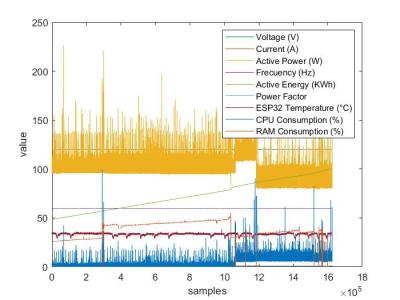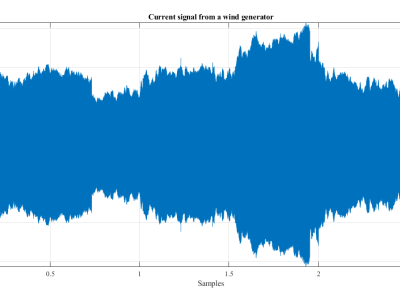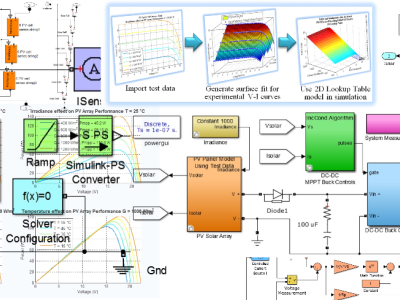A Wide-Range Output Voltage for EV WPT Systems Based on Series and Parallel LCC Circuits

- Citation Author(s):
-
Minglei Li
- Submitted by:
- Minglei Li
- Last updated:
- DOI:
- 10.21227/4dec-3j07
 9 views
9 views
- Categories:
- Keywords:
Abstract
There are two main battery voltage levels (400 V and 800 V) for electric vehicles (EVs). Conventional wireless power transfer (WPT) systems utilize different connection circuits to accommodate these voltages, which may cause additional power losses. This paper proposes a new LCC-LCC WPT system to accommodate both 400 V and 800 V battery voltages without compromising performance. The generalized mathematical model of the proposed system is presented.The current-sharing and voltage-sharing characteristics of the parallel and series connected circuits are analyzed. In addition, design considerations including power loss, power transfer capacity, and efficiency are discussed. Finally, an experimental prototype is built to verify the proposed system.The prototype can achieve 94.3% efficiency at a power level of 5 kW under 400 V and 800 V output voltages, which proves the effectiveness of the proposed method.
Instructions:
With the rapid adoption of electric vehicles (EVs), wireless power transfer (WPT) systems have gained significant attention. However, the growing divergence in EV battery voltage standards—primarily 400 V and 800 V—poses challenges for universal charging infrastructure. This paper proposes a novel LCC-LCC-based WPT system that achieves wide-range output voltage compatibility through dynamic series-parallel connections. The proposed topology eliminates the need for auxiliary switches, diodes, or MOSFETs while ensuring natural voltage and current sharing. A generalized mathematical model is established to analyze the system’s power transfer characteristics, efficiency, and parameter sensitivity. A 5-kW prototype is developed and tested at 85.5 kHz, demonstrating an output power range of 1.25 kW to 5 kW with a peak efficiency of 94.3%. Experimental results validate the system’s robustness, efficiency, and scalability, addressing critical gaps in current EV charging infrastructure.








